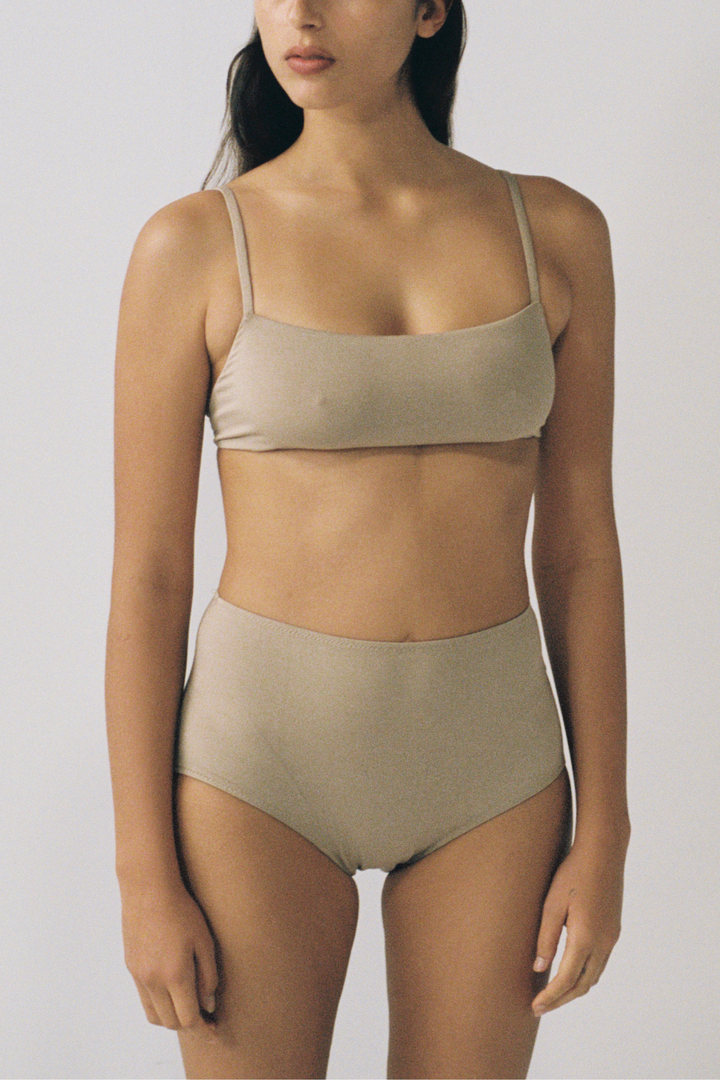Periods Without Plastic: Part 2 - Reusable Menstrual Pads
How is your plastic free July going? Meanwhile has your time of the month come and gone too? How many pads or tampons did you get through? Last post we talked about cups - now we’re talking about pads. Yep we're talking about being more 'environmenstrual'.
But first let's look at the language around periods.
What words spring to mind? Sanitary towels or napkins? Feminine hygiene products? Femcare?
Have you stopped and question why we're using these words? It wasn't until someone pointed it out to me that it became crystal clear, these words reinforce the taboo around periods. In fact these phrases have been used by the multinational companies, "we use their language to talk about our bodies," points out Chella Quint.
Let's just get this straight
- there is nothing unsanitary about the very ordinary process of menstruation - like any other bodily function.
- periods are not unhygienic and don't require any extra self-care than any other day of the month
- they aren't necessarily feminine either - there are plenty of folks out there who don't identify as feminine but still menstruate.
So we won't be using the words; sanitary, hygiene or feminine. We'll use menstruate, periods and blood. There'll be no creepy blue alien liquid around here either.
The language we use can be pervasive and we can internalise them. Quint concludes on "“sanitary” has become unsavoury. It’s time to clean up our act, and start using our own language for our own bodies."
Right - well - glad we've got that straightened out. A lot of us menstruate - and there's a great deal of plastic involved in the products we use. So in this blog post we're tackling reusable menstrual pads.
The plastic in pads
Did you know the average disposable menstrual pad is 90% plastic - as much as 4 plastic bags in your pants!
A quick history run down
Using rags and cloth has been the main method for dealing with blood flow for eons, where the term 'on the rag' in fact comes from. There were all kinds of contraptions, from belts to girdles to hold material in place. All of these 'sanitary napkins' up to this point were reusable.
Disposable menstrual pads emerged in the 1890s by French nurses who "realised disposable cellulose bandages they used on wounded soldiers absorbed blood better than cotton, and started using them during their periods." And crucially, they were cheap enough to throw away. Commercialised by Johnson & Johnson initially, women were reluctant to be seen buying them and so ensued the discretion around the sales and marketing of these products. "Women were allowed to place money in a box so that they would not have to speak to the clerk and take a box of Kotex pads from the counter themselves." and so the menstrual pad dispenser was born.
The adhesive 'napkin' only came arrived in 1973, "Goodbye belts and pins and fuss" ran the ad and by 1980s Always was on the scene and the variety in pads grew exponentially. Reusable menstrual pads however "made a return in the 70s and grew slowly in popularity in the late 80s and 90s and while previously considered 'alternative' they are now becoming more mainstream.”
Return of the (reusable) pad
Nowadays are a range of brands to choose from, GladRags, Luna Pads, No More Taboo and Honour Your Flow are just a few options out there. Most offer a selection of day pads, night pads and pantyliners at various lengths and absorbency. Some brands have a removable inserts so you can tailor it specific to your needs during your period the rest come as a one piece pad. There is an array of every colour and pattern going to suit your taste, from unicorns to deathly hallows and animé.
Starter packs can be found for around $50 USD - $100 USD, individual pads from around $12 USD each. It sounds like a lot but 2015 research from the UK suggests that women spend on average around $17 USD/month, so it can soon become cost effective. Many sites have discounts available for your first purchase so do hunt around.
When it comes to washing the general advice is to put it in your normal wash with dark colours. A 30 degree wash can work just fine. In fact, "as blood is a protein, it can set with heating (like the white of an egg when you cook it), so there is actually a scientific reason to wash low rather than high", reports Honour Your Flow. Other brands suggest a cold pre-wash for the inserts to prevent staining.
Join the Plastic Free Periods movement
This movement is galvanising; in Wales in the UK a postwoman started a petition "calling for manufacturers to stop using plastics in menstrual products", it received more than 100, 000 signatures in two months. There’s still time to sign it here.
Of course you can also make your own as well. With the journey to Zero Waste movement getting more and more popular - you'll find menstrual pad tutorials on Youtube or possibly at a craft class near you!















